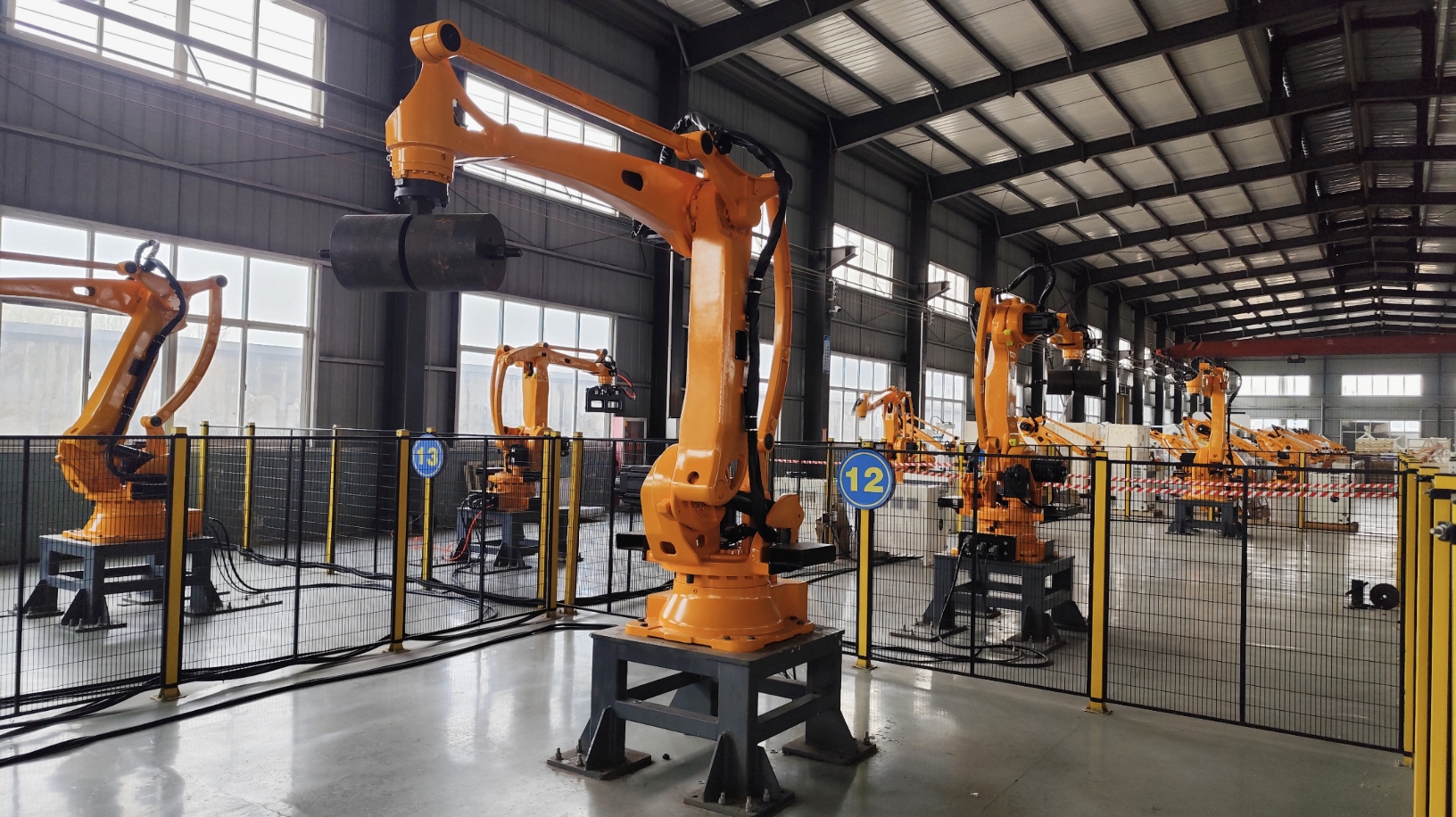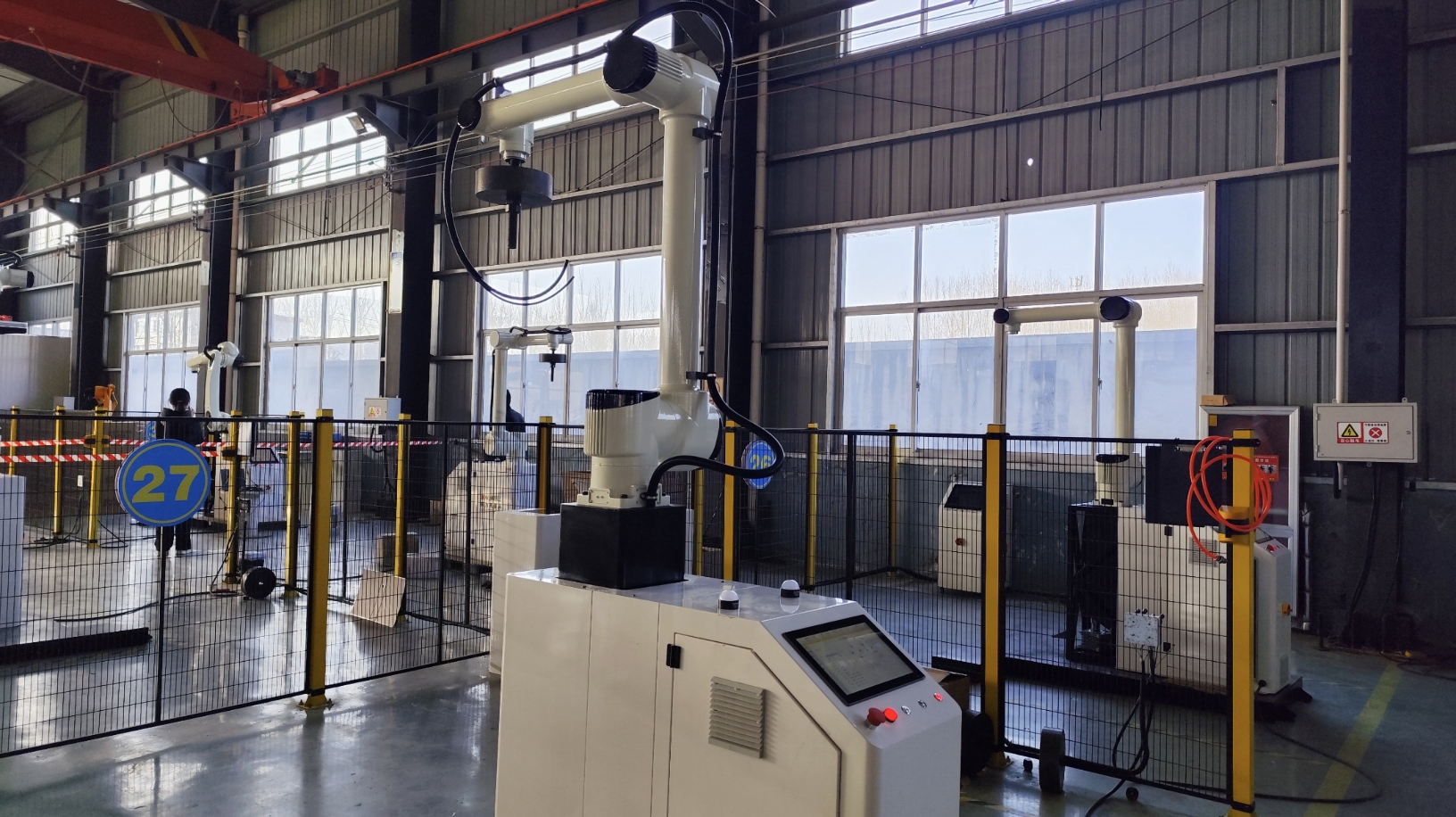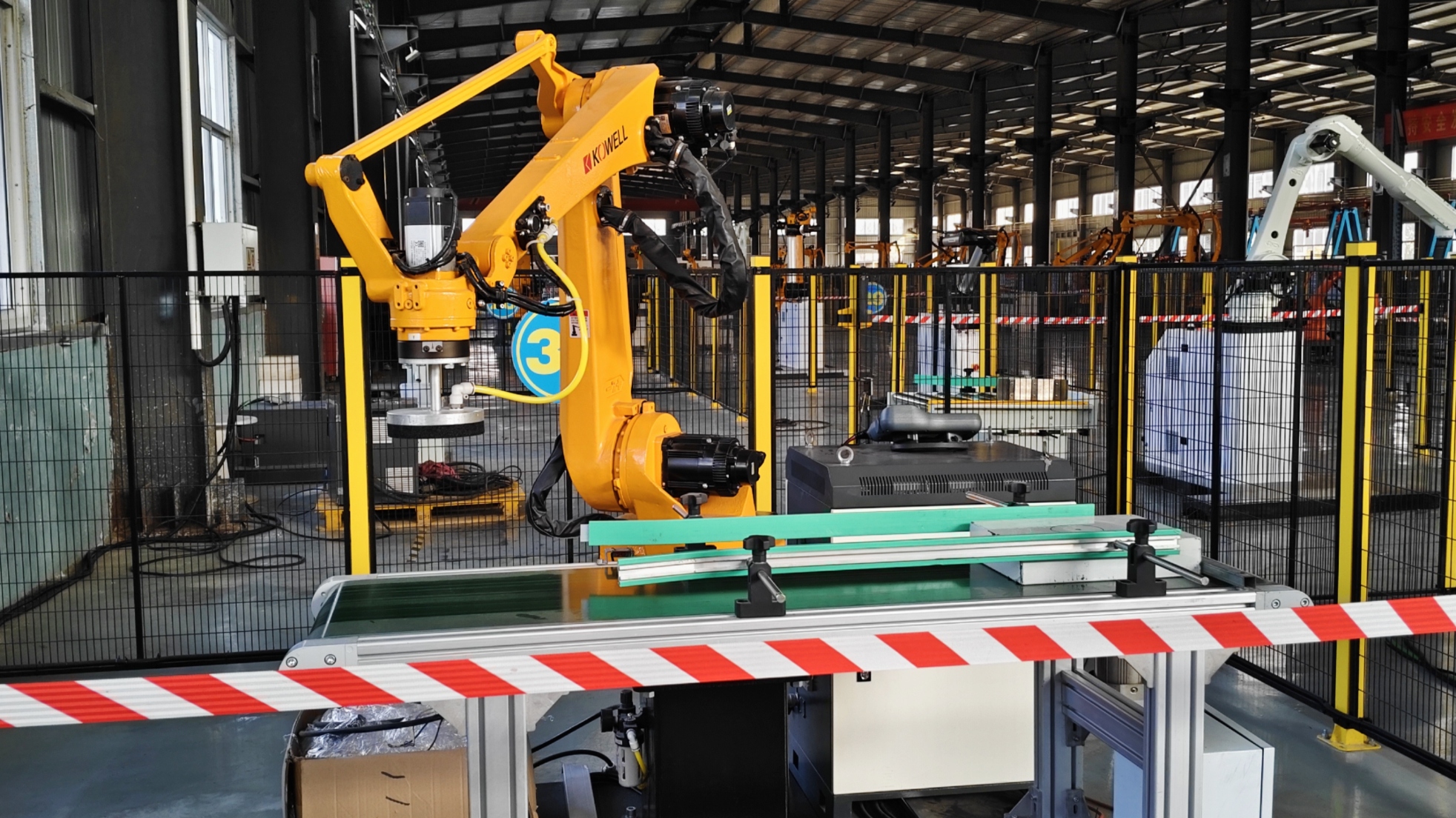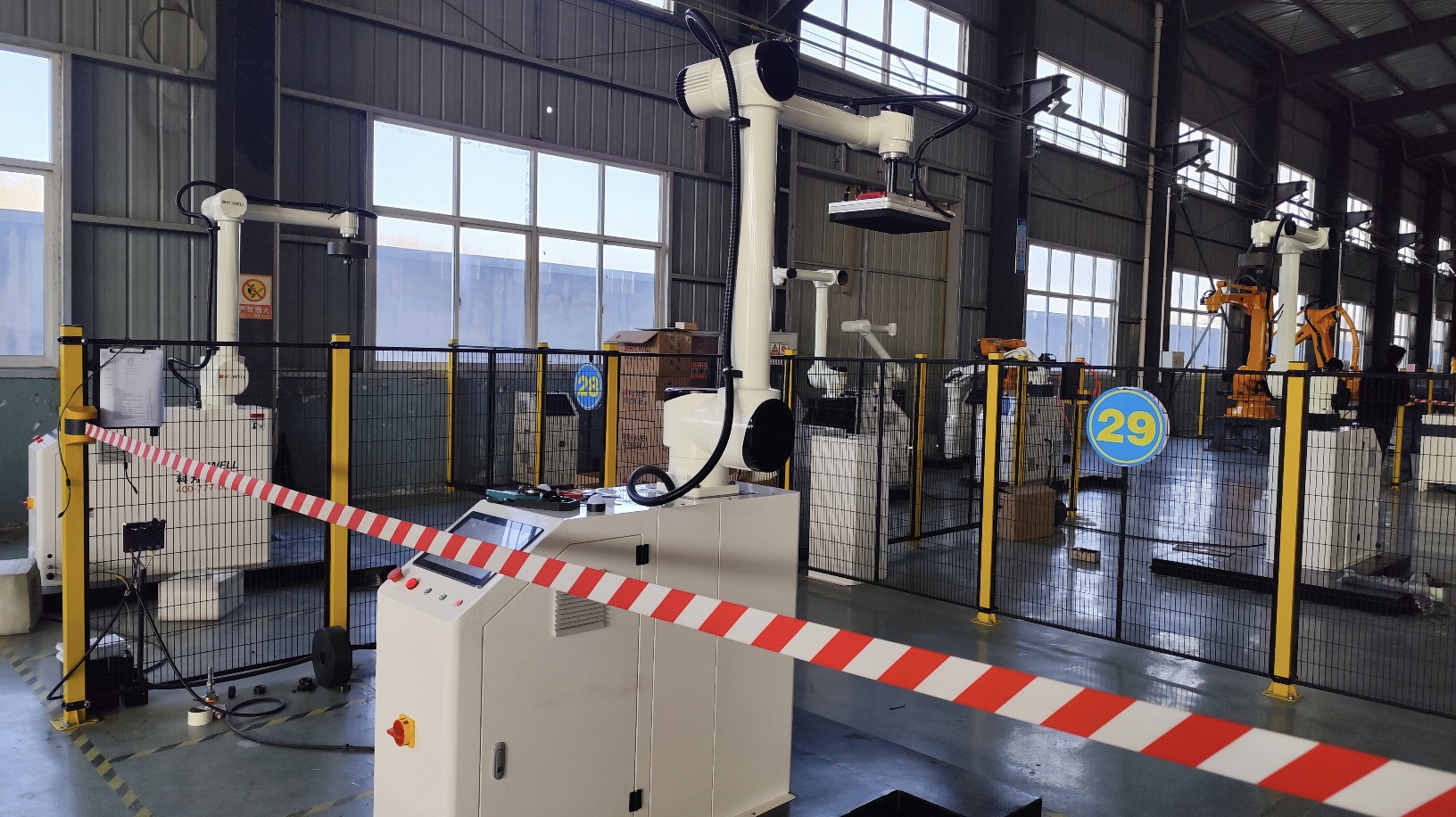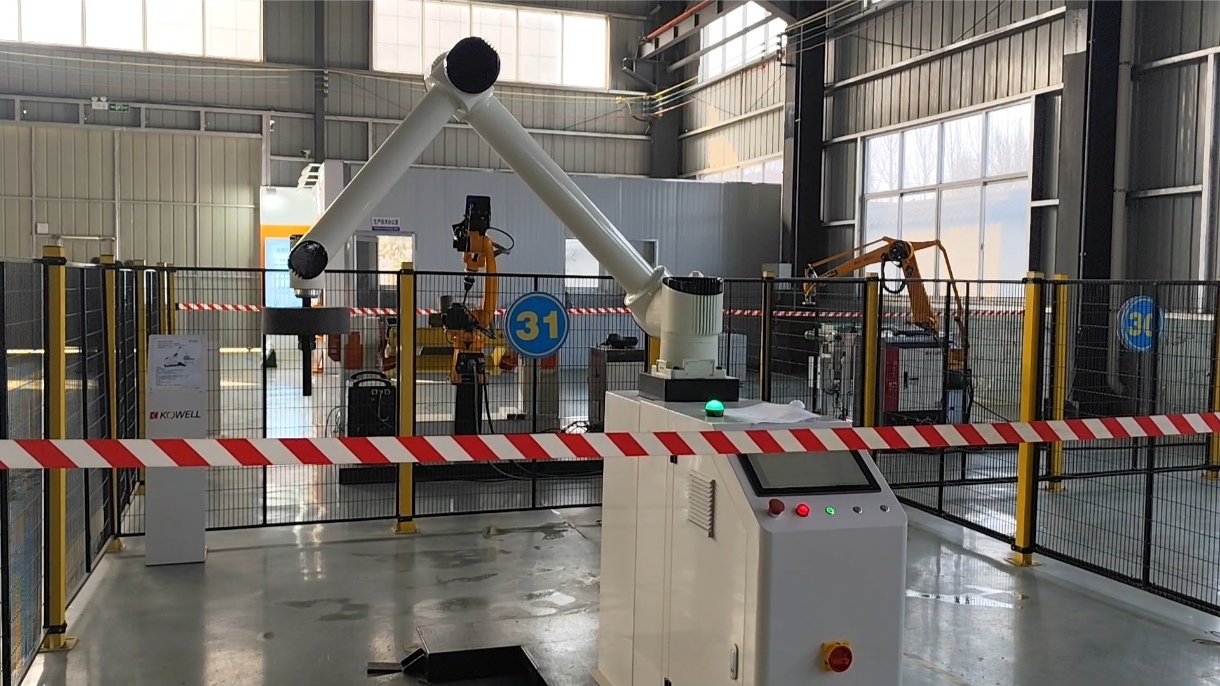In today's rapid development of the global manufacturing industry, industrial transformation is advancing at a speed that cannot be underestimated. In the field of automation, industrial robots are the core driving force to reshape the structure of factory labor. This reshaping not only changes the traditional production methods, but also profoundly affects the labor market, skill requirements and the economic structure of society. This article will explore how industrial robots play a core role in the automation process.
1. The engine of industrial transformation: industrial robots
Industrial robots, as one of the pioneers of industrial automation, have played a vital role in many industries. From automobile manufacturing to electronic assembly, to food processing and metal processing, industrial robots are changing the face of factories with their efficiency, precision and repeatability. One of the core of industrial transformation is to rely on these intelligent devices, which not only improve production efficiency and reduce production costs, but also reduce human errors and improve the working environment.
Industrial robots are usually controlled by multi-axis joints and are suitable for a variety of environments. They can meet the needs of tasks including welding, handling and packaging according to different end effector configurations and personal needs. With the advancement of Industry 4.0, modern industrial robots will become more intelligent and better suited to respond flexibly in more complex production environments, thus driving the transformation of industry in today's era.
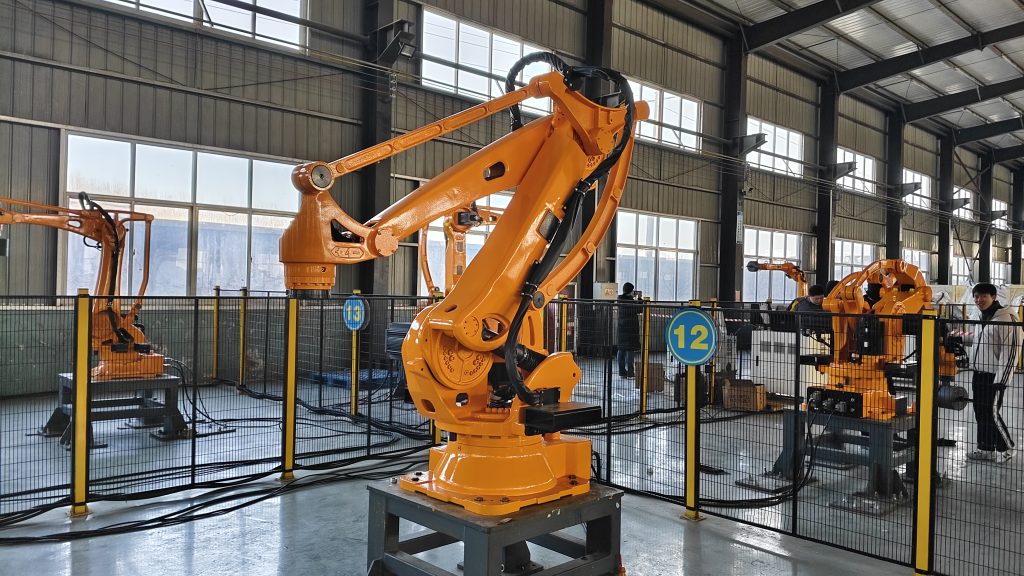
2. The impact of automation on the labor structure
With the addition of automation equipment, some traditional manual positions have been replaced, and the traditional factory labor structure has changed significantly. Single and repetitive industries are gradually taken over by intelligent equipment, while avoiding the risks that humans need to bear when they are required to perform tasks with high labor intensity and harsh environment. High automation means that robots begin to take on more high-intensity and high-risk tasks, and the role of workers gradually shifts to high-value-added positions.
- Reduction of low-skilled labor positions
The number of low-skilled labor positions has decreased significantly, and the advancement of automation in the modern industrial field has caused some workers to lose their jobs. Traditional manual assembly line work, simple, non-technical handling and inspection tasks have been replaced in large quantities by intelligent equipment. Some low-skilled positions are being replaced by intelligent equipment such as robots, and the demand for traditional labor in factories is declining.
- Worker-robot collaboration model
Today, more and more factories have realized "unmanned workshops", and some low-skilled jobs have disappeared. At the same time, a new model of human-machine collaboration has emerged. As the name suggests, collaborative robots have the ability to assist humans. They are usually equipped with collision detection systems, which means that they can ensure the safety of operators when working. The two complement each other and complete tasks together in a complementary and collaborative way.
3. The profound impact of industrial transformation on society
Industrial transformation is a new change in the entire human society. It not only affects the enterprise level, but also promotes the social economy and the labor market. With the advancement and deepening of the automation process, the changes in the labor force structure have become more obvious.
- Redistribution of the labor market
The promotion of large-scale automation in factories has led to the replacement of some jobs, unemployment of some groups, a reduction in low-skilled jobs and an increase in high-skilled jobs. The shortage of technicians in automation-related professions means that the education system and training system have also changed accordingly. More companies provide new training for workers to assist them in learning new skills to cope with the transformation of factories to new automated structures.
- Productivity and economic growth
Against the backdrop of industrial transformation, Industry 4.0 has not only promoted new concepts, but also promoted the transformation and upgrading of many companies to automated factories. The popularization of intelligent devices has not only improved product quality and production efficiency, but also helped companies occupy more shares in the global market.
4. Conclusion
Industrial transformation is redefining the labor structure of factories through the automation process. The strong addition of industrial robots not only improves production efficiency and product quality, but also reconstructs the personnel structure of enterprises; the reduction of low-skilled jobs and the increase in demand for high-skilled jobs, as well as the emergence of collaborative robots, indicate that the automation process has had an impact on the labor structure that cannot be underestimated.
Whether it is the redistribution of the labor market or the growth of production and economy under the promotion of industrial transformation, this is not only a challenge to the labor market, but also creates new opportunities and space for social and economic development. How to balance technological progress and employment transformation will be an important issue facing future society.
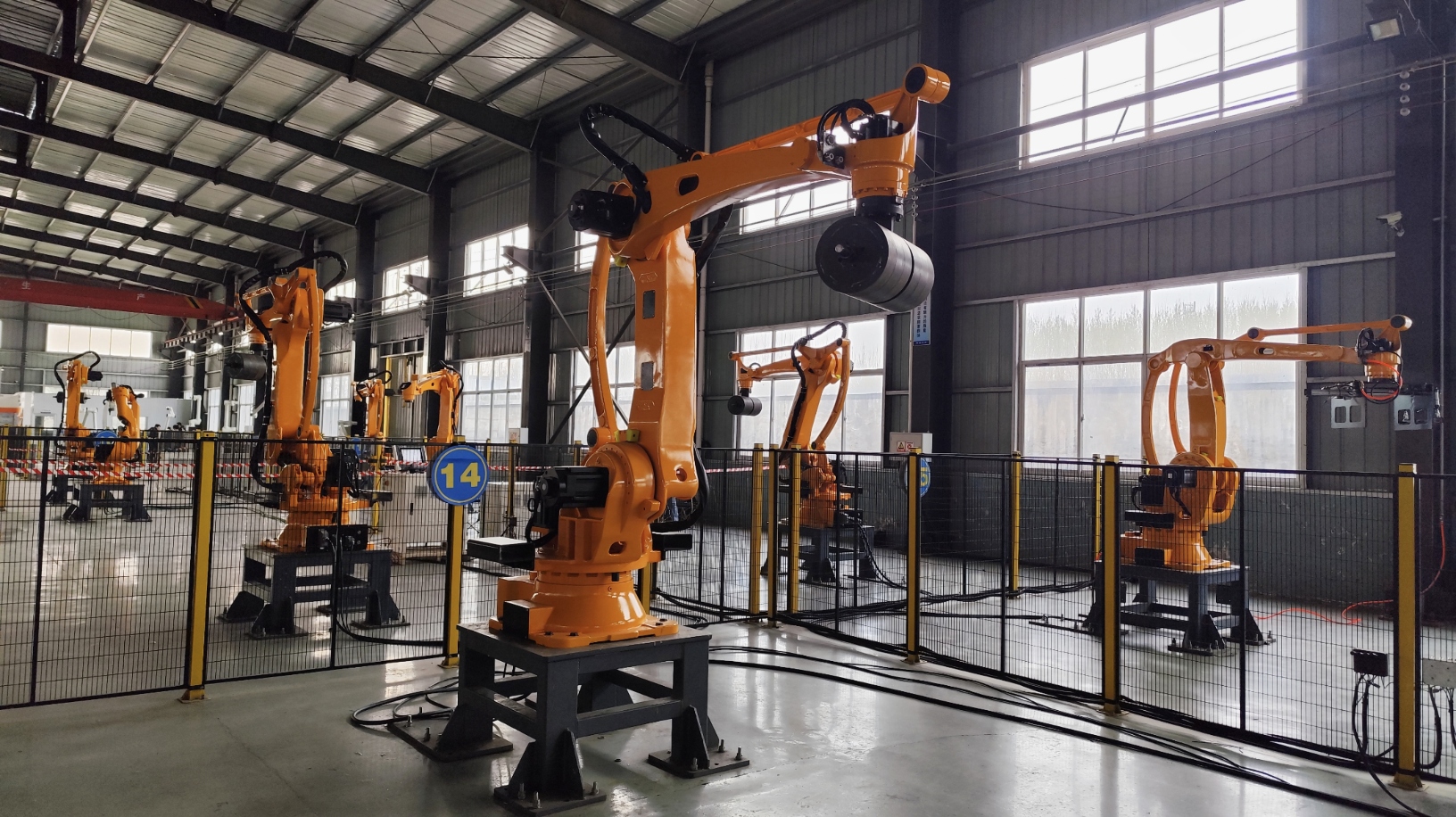
Online Consultation
Hello, the current customer service is offline. You can leave your contact information and the staff will respond to you as soon as possible!


